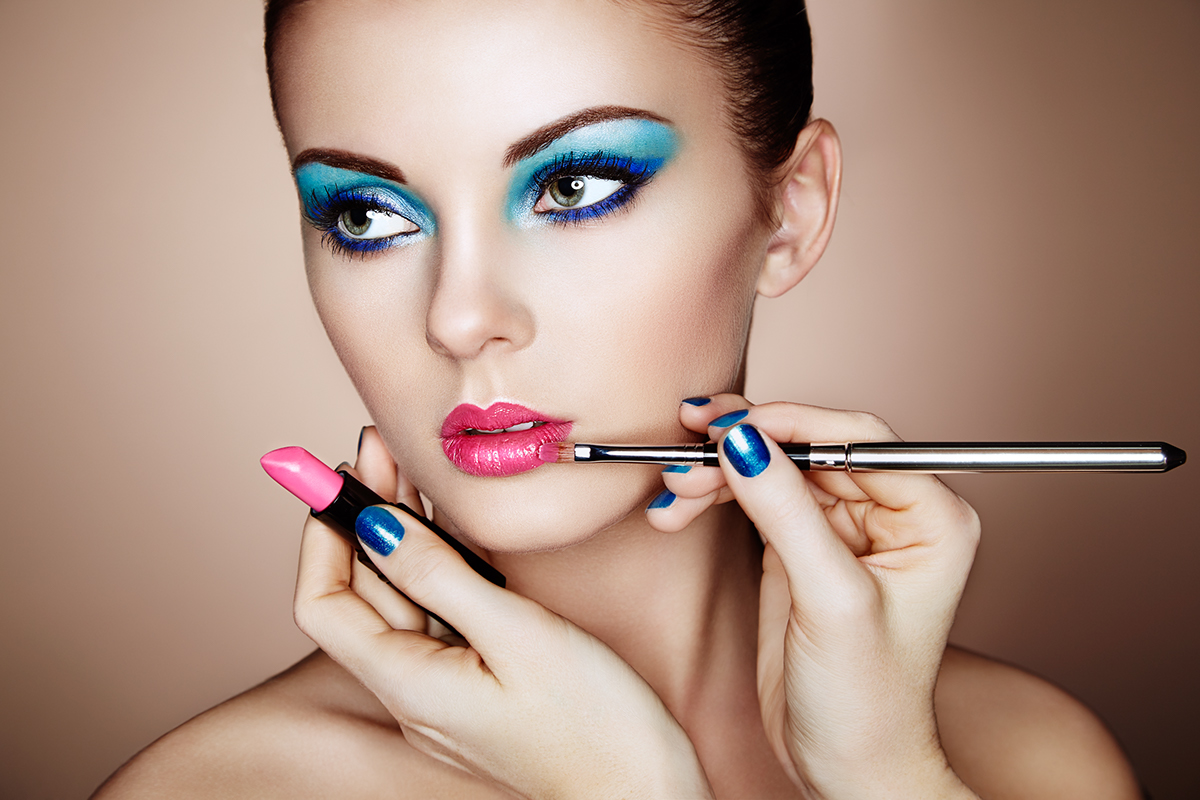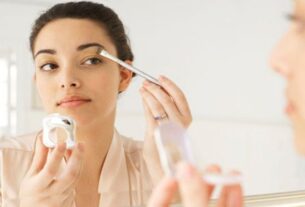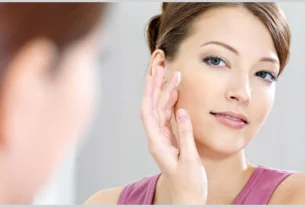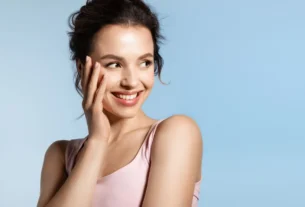Beauty is often defined by societal standards, yet it holds different meanings across cultures, historical periods, and individual experiences. While the traditional understanding of beauty often emphasizes physical appearance, the deeper concept of beauty transcends this and encompasses personal, emotional, and intellectual qualities. The way society defines and perceives beauty influences everything from personal self-esteem to social dynamics, and it shapes many aspects of our culture.
In this article, we will explore how beauty, both physical and inner, affects individual identity and how societal standards of beauty contribute to broader cultural norms. We will also discuss how these beauty ideals impact various aspects of our lives, including self-image, media representation, and cultural inclusivity.
The Influence of Beauty Standards on Individual Identity
- Self-Esteem and Body Image: One of the most powerful ways in which beauty impacts individual identity is through its influence on self-esteem and body image. In many societies, there is a constant pressure to conform to a narrow ideal of beauty, often perpetuated by the media, fashion industry, and social platforms. These standards typically prioritize certain physical features, such as slimness, clear skin, and symmetrical facial features, leading individuals to either embrace or struggle against these norms. People who feel they do not meet these beauty standards may experience low self-esteem, body dissatisfaction, and mental health issues like anxiety or depression. This can be especially harmful for young people, who are more impressionable and heavily influenced by societal expectations. On the other hand, individuals who feel they embody these beauty ideals may gain increased confidence, social validation, and opportunities in both personal and professional settings. The association between beauty and worth, however, can create an unhealthy pressure to look a certain way, making it difficult for people to appreciate their true selves beyond external appearance.
- The Impact of Social Media: The rise of social media has amplified the societal focus on beauty, with platforms like Instagram and TikTok showcasing curated images of “perfect” beauty. Filters, editing tools, and highly curated content contribute to a sense of unattainable beauty, and as a result, many users experience pressure to conform to these idealized images. Social media influencers, celebrities, and online communities often play a significant role in shaping beauty standards, either reinforcing or challenging them. While some influencers focus on promoting body positivity and embracing diverse beauty, others may inadvertently perpetuate unrealistic beauty ideals. For some individuals, social media’s emphasis on outward appearance can lead to comparisons, insecurity, and a distorted sense of self-worth.
- Cultural Diversity and Beauty Norms: Different cultures have their own unique definitions of beauty, which influence how individuals perceive themselves and others. While Western culture often emphasizes fair skin, lean bodies, and specific facial features as ideal, other cultures may have different standards, such as valuing fuller figures, darker skin tones, or distinct physical traits. Over time, globalization has led to the spread of Western beauty ideals around the world, often overshadowing local standards and influencing individuals to conform to a globalized notion of beauty. However, movements to embrace cultural diversity in beauty have gained momentum, highlighting the need for inclusivity and celebrating different body types, skin tones, and features. This cultural shift has empowered individuals to appreciate and embrace their natural appearance and heritage, challenging the notion that there is one universal standard of beauty.
The Role of Media and the Fashion Industry
- Representation in Media: Media plays a crucial role in shaping beauty standards by showcasing certain ideals in movies, advertisements, and television shows. Historically, media representation has been criticized for promoting a narrow and exclusive definition of beauty, often sidelining people of color, people with disabilities, and those who don’t conform to the traditional standards of beauty. The lack of diverse representation can lead to feelings of alienation and exclusion for individuals who don’t see themselves reflected in the media. However, in recent years, there has been a shift toward more inclusive representation, with a growing emphasis on diverse body types, skin tones, and non-traditional beauty standards. Models, actors, and influencers from various backgrounds are increasingly gaining recognition, contributing to a more inclusive definition of beauty.
- The Fashion Industry and Beauty Standards: The fashion industry has long been criticized for its role in perpetuating unrealistic beauty standards, especially through the promotion of extremely thin models and the exclusion of larger body types. This has influenced not only what is considered fashionable but also what is deemed “beautiful.” However, the fashion industry has been evolving, with more designers and brands embracing body diversity and offering clothing in a wide range of sizes. Plus-size models, for instance, have gained visibility, helping to break down the traditional notion that beauty is synonymous with being thin. As more brands adopt inclusive practices and focus on celebrating diverse beauty, the fashion industry has the potential to be a powerful force for positive change, encouraging people to embrace their bodies and individuality.
Challenging Traditional Beauty Norms
- The Rise of Body Positivity: In recent years, movements like body positivity and self-love have challenged traditional beauty standards and encouraged individuals to appreciate their natural selves. These movements focus on embracing all body types, skin tones, ages, and features, promoting the message that beauty comes in many forms. Social media platforms and influencers have been at the forefront of this change, with many individuals sharing their stories of self-acceptance and encouraging others to love their bodies as they are. The body positivity movement empowers people to reject harmful beauty ideals and redefine what it means to be beautiful.
- The Influence of Self-Expression: Beyond physical appearance, beauty can also be expressed through individuality, style, and personality. People who embrace their unique qualities—whether through fashion, makeup, or hairstyle—are often seen as challenging the norms and asserting their identity. This shift toward self-expression allows people to define beauty on their own terms and reject societal expectations. The concept of beauty is evolving from something solely physical into something deeply personal and multifaceted. People are beginning to understand that beauty is not limited to appearance but is a reflection of confidence, creativity, and authenticity.
Conclusion
The concept of beauty is deeply ingrained in society, and it affects how individuals perceive themselves and others. While traditional beauty standards have long emphasized physical appearance, there is a growing movement toward embracing diversity, self-expression, and inclusivity. Education about body positivity, media representation, and the celebration of cultural differences can help break down harmful stereotypes and redefine beauty in a more empowering way.
As beauty continues to evolve, it’s important for individuals to understand that true beauty lies not only in external appearance but also in self-acceptance, individuality, and kindness. By embracing these broader definitions of beauty, society can move toward a more inclusive and empowering understanding of what it means to be beautiful.




